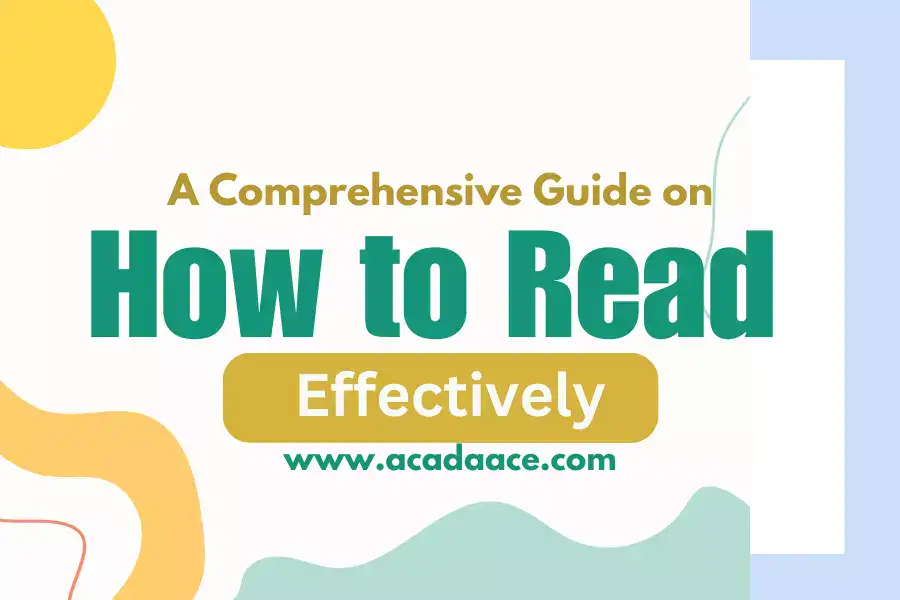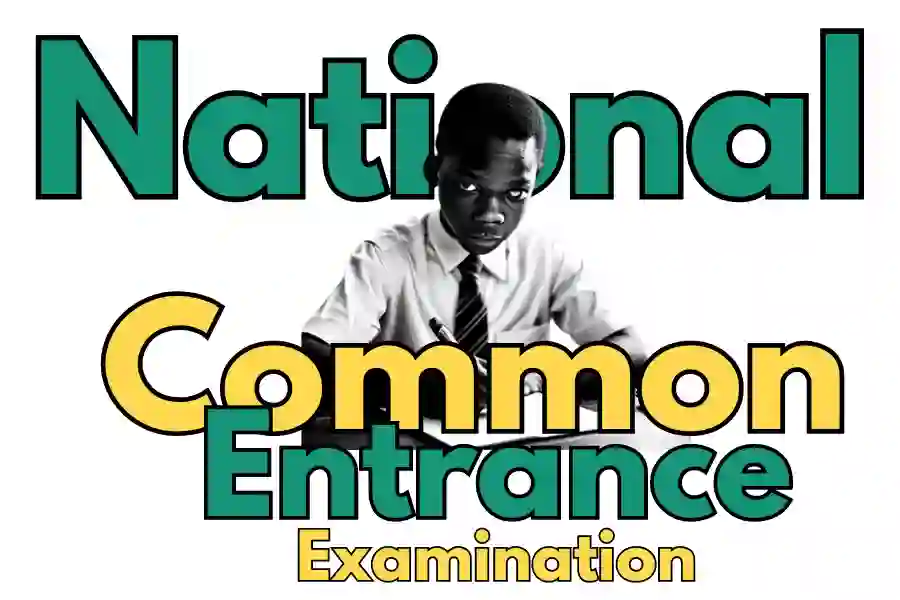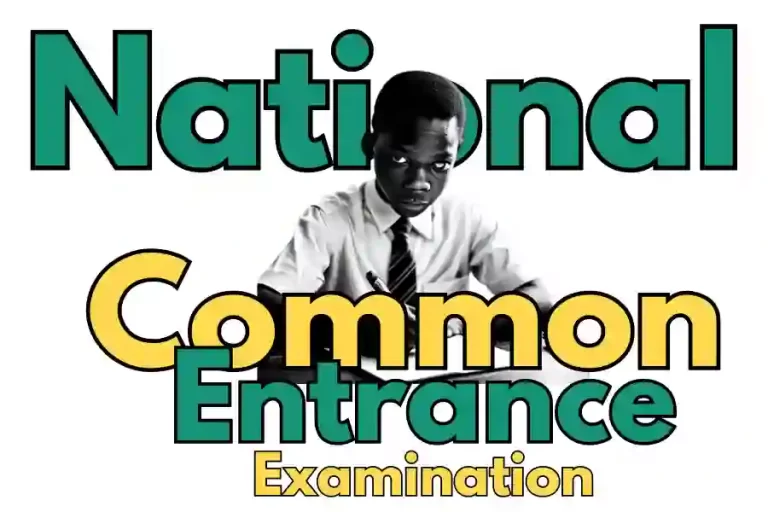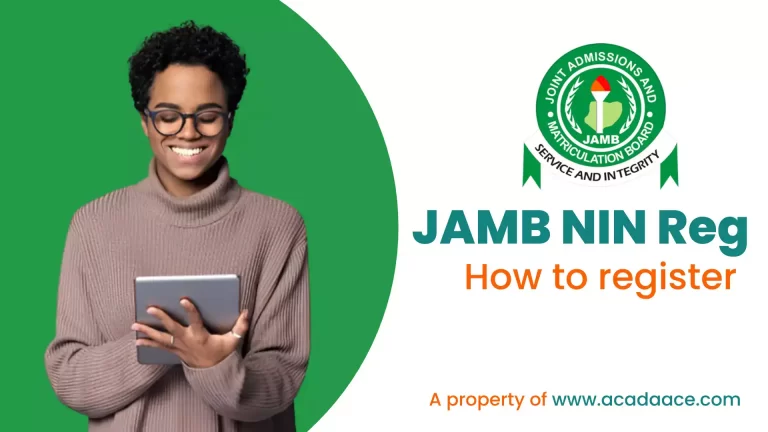How to Read and Understand: A Comprehensive Guide

Section 1: The Foundations of Effective Reading
How to read and understand what you have read is more than how it sounds. Reading is more than just deciphering words on a page. It is a gateway to knowledge, imagination, and personal growth. Whether you’re a student, a professional, or an avid reader, honing your reading and comprehension skills can have a profound impact on your life. In this comprehensive guide, we will delve into the art of reading and provide you with effective strategies to enhance your reading abilities and deepen your understanding of various texts. In this post, I will be showing you the step-by-step guide on how to read and understand. If you have any questions, feel free to as in the comment section. I will reply as soon as possible.
The Importance of Active Reading
Active reading is a transformative approach that goes beyond simply scanning words on a page. It involves engaging with the text, interacting with the ideas presented, and actively seeking understanding. By adopting this approach, readers can extract meaning, enhance comprehension, and retain information more effectively. Rather than being passive recipients of information, active readers become active participants in the reading process, unlocking a world of knowledge and insight.
To embark on the path of active reading, it is crucial to employ specific strategies that encourage engagement. One such strategy is to ask questions while reading. By constantly querying the text, readers stimulate their curiosity and maintain an active mindset. Additionally, making connections between the text and personal experiences, prior knowledge, or other texts amplifies comprehension and deepens understanding.
Building Vocabulary
A rich vocabulary is the key to unlocking the full potential of reading. By expanding our lexicon, we equip ourselves with the necessary tools to comprehend complex texts and express ourselves eloquently. Building vocabulary is an ongoing process that requires dedication and practice.
One effective technique for vocabulary expansion is context clues. When encountering unfamiliar words, readers can glean meaning by examining the surrounding sentences and paragraphs. Context provides valuable hints about the word’s definition and usage. Additionally, exploring word roots and affixes can provide insights into the meanings of unfamiliar words. Understanding common prefixes, suffixes, and word origins empowers readers to decipher new words and deduce their meanings.
Improving Reading Speed
Reading speed plays a crucial role in today’s fast-paced world, where information abounds. However, reading quickly should not come at the expense of comprehension. Fortunately, there are strategies to improve reading speed without sacrificing understanding.
One such strategy is skimming. Skimming involves quickly glancing over the text to grasp the main ideas, headings, and subheadings. This technique allows readers to get an overview of the content and identify key points before diving deeper. Another technique, scanning, involves searching for specific information by moving the eyes rapidly across the text. By utilizing these techniques strategically, readers can navigate texts efficiently and extract relevant information more rapidly.
Section 2: Enhancing Reading Comprehension
Pre-reading Techniques
Before diving into a text, employing pre-reading techniques can significantly enhance comprehension and set the stage for a more productive reading experience. These techniques involve previewing the text and setting reading goals.
Previewing a text involves examining its structure, headings, and subheadings to gain a sense of its organization and main topics. By doing so, readers establish a mental roadmap that guides them through the text. Setting reading goals provides direction and purpose. Whether it’s seeking specific information, understanding a concept, or analyzing the author’s argument, having clear goals sharpens focus and increases comprehension.
During-Reading Strategies
During the reading process, implementing effective strategies can deepen understanding and promote active engagement with the text. Annotating and highlighting key information is a valuable technique that allows readers to mark significant points, jot down thoughts, and make connections. These annotations serve as reference points for later review and aid in retention.
Asking questions while reading is another potent strategy. By posing inquiries about the content, readers actively seek answers, analyze information, and foster critical thinking. Making connections to prior knowledge or personal experiences further solidifies understanding and creates a web of interconnected ideas.
Post-reading Methods
After completing a text, engaging in post-reading methods helps consolidate knowledge and extract maximum value from the reading experience. Summarizing the main ideas in one’s own words provides a concise overview of the text’s key points. By distilling complex information into a summary, readers reinforce understanding and retention.
Reflecting on the text and its implications is an essential post-reading method. By pondering the ideas presented, readers can internalize the concepts and connect them to their own experiences or broader contexts. This reflection prompts critical thinking, encourages analysis, and fosters a deeper understanding of the text’s implications.
Revisiting the text for further exploration is also valuable. By rereading specific sections or reviewing the entire text, readers can uncover nuances, identify subtle details, and solidify their understanding. This process allows for a more comprehensive grasp of the material and opens doors to additional insights.
Section 3: Reading Different Types of Texts
Fiction Reading
Reading fiction offers a unique opportunity to immerse oneself in imaginative worlds, to delve into the depths of the human condition, and to engage with intricate narratives. When we engage in fiction, it becomes crucial to examine the plot, the development of characters, and the underlying themes.
Analyzing the plot entails scrutinizing the sequence of events, comprehending the structure of the story, and identifying pivotal moments. By following the progression of the plot, readers can truly appreciate the author’s storytelling techniques and uncover concealed layers of meaning.
Character development represents another vital aspect of reading fiction. By observing how characters evolve throughout the story, readers gain valuable insights into their motivations, conflicts, and personal growth. Examining character interactions and their influence on the narrative adds depth and richness to the reading experience.
Exploring underlying themes urges readers to move beyond the surface and unearth the profound messages embedded within the text. Themes like love, identity, or societal issues provide material that stimulates contemplation and personal introspection. You can see some texts to read here.
Non-fiction Reading
Non-fiction texts encompass a wide range of genres, including textbooks, scholarly articles, and informational books. To extract valuable information from these texts, readers need effective strategies for comprehension.
When reading textbooks or informative books, identifying the main arguments and supporting evidence is paramount. Understanding the author’s central claims, recognizing the evidence presented to support those claims, and evaluating the credibility of the sources are essential steps in comprehending and critically analyzing non-fiction texts.
Scholarly articles often involve complex language and specialized terminology. Approaching these texts requires a careful reading strategy. Breaking down the article into smaller sections, taking notes, and consulting external resources for clarification can enhance understanding. Additionally, identifying the author’s research methodology and evaluating the validity of their findings contribute to a deeper comprehension of scholarly articles.
Reading Online Content
In today’s digital age, online content is ubiquitous. However, navigating online texts presents its own set of challenges. Distractions, information overload, and the need to evaluate credibility make online reading a unique skill to develop.
Minimizing distractions is crucial for effective online reading. Closing unnecessary browser tabs, silencing notifications, and dedicating specific time slots for focused reading can help mitigate distractions and increase concentration. Thi can in turn help you to know how to read.
Evaluating the credibility of online sources is essential to ensure accurate and reliable information. Readers must assess the author’s credentials, examine the publication’s reputation, and cross-reference information from multiple trustworthy sources. Verifying the accuracy of claims and avoiding the pitfalls of misinformation is crucial for online readers. You can see some books to read from here.
Section 4: Critical Reading and Analysis
Developing Critical Thinking Skills
Critical thinking is an indispensable skill for readers who aspire to deeply engage with texts and evaluate information with discernment. Developing critical thinking skills involves adopting a skeptical mindset when approaching texts, questioning assumptions, and carefully evaluating the evidence presented.
When reading critically, it is crucial to remain conscious of personal biases and preconceived notions. By consciously setting aside these biases, readers can approach the text with objectivity, allowing for a more comprehensive analysis of its content.
Questioning assumptions is another integral aspect of critical thinking. By challenging the underlying assumptions and closely examining the evidence provided, readers can uncover potential flaws or weaknesses in the argument or perspective being presented. This process fosters a deeper understanding of the subject matter and encourages intellectual growth.
In summary, cultivating critical thinking skills empowers readers to navigate texts more effectively, scrutinize information more rigorously, and arrive at well-informed conclusions. By engaging in critical thinking, readers can enhance their ability to assess the validity and reliability of the information they encounter, ultimately enabling them to make more informed decisions and interpretations.
Analyzing Argument
In the realm of critical reading and analysis, analyzing arguments holds a fundamental position. It involves the essential task of recognizing logical fallacies and weak reasoning, as doing so allows us to assess the strength and validity of an argument.
Logical fallacies represent flawed patterns of reasoning that can undermine the integrity of an argument. By becoming acquainted with common fallacies like ad hominem attacks, straw man arguments, or appeals to authority, readers are better equipped to identify instances where an argument veers away from sound reasoning.
Another valuable skill in critical reading is constructing counterarguments. By delving into the opposing viewpoint and presenting a well-thought-out counterargument, readers not only bolster their understanding of the topic at hand but also challenge their own assumptions. This process facilitates intellectual growth and cultivates the development of persuasive abilities.
An essential aspect of critical reading involves evaluating opposing viewpoints. This practice is instrumental in acquiring a comprehensive understanding of a subject. By engaging with diverse perspectives, readers can analyze the strengths and weaknesses of different arguments, consider alternative viewpoints, and ultimately make informed judgments. Embracing this approach fosters a more nuanced comprehension of complex issues while encouraging open-mindedness.
Evaluating Bias and Perspective
In order to engage in critical reading and analysis, it is vital to understand and assess the biases of authors. By carefully examining the language they use, the evidence they select, and the way they present their arguments, readers can uncover the author’s perspective and potential biases. It’s important to be attentive to the subtle nuances and underlying messages conveyed through the author’s choice of words.
Moreover, considering how different perspectives influence the way information is presented is essential for gaining a comprehensive understanding of the subject matter. Recognizing that authors may emphasize certain aspects or interpret data in a particular way based on their perspective allows readers to approach the text with a broader view. By being open to alternative viewpoints and considering different angles, readers can develop a more well-rounded understanding of the topic at hand.
Ultimately, understanding and evaluating the biases of authors empowers readers to navigate through texts more effectively. By honing our ability to recognize and critically assess these biases, we can approach reading with a more discerning mindset, actively engaging with the material, and arriving at informed interpretations.
Approaching texts with a discerning eye means being aware of the potential biases that authors bring to their work. It involves critically analyzing the information presented, questioning the underlying motives, and seeking additional sources or viewpoints to complement the reading. By doing so, readers can engage with the material in a thoughtful and informed manner, enabling them to make interpretations that are well-grounded and well-rounded.
Section 5: Cultivating a Reading Habit
Creating a Reading Routine
Establishing a reading routine is essential for developing a consistent reading habit. Allocating dedicated time for reading, whether it’s in the morning, during breaks, or before bedtime, ensures that reading becomes an integral part of daily life. By treating reading as a priority, readers can experience the numerous benefits that come with a regular reading practice.
Creating a comfortable and conducive reading environment is also important. Finding a quiet and well-lit space, free from distractions, allows readers to immerse themselves fully in the text. Whether it’s a cozy corner, a favorite armchair, or a peaceful park bench, the physical environment can significantly enhance the reading experience.
Diversifying Reading Material
Exploring a wide range of genres, authors, and topics is key to broadening knowledge and nurturing a love for reading. Diversifying reading material exposes readers to different writing styles, perspectives, and ideas, fostering intellectual growth and expanding horizons.
Joining book clubs or online reading communities can provide valuable recommendations and discussions. Engaging with fellow readers allows for the exchange of thoughts, book suggestions, and diverse interpretations. These communities create an environment that nurtures a reading habit and encourages exploration of new literary terrain.
Reflecting and Applying Knowledge
Reflection is an integral part of the reading process. After completing a book or a text, taking the time to journal or engage in discussions about the insights gained allows for deeper internalization of ideas. Reflecting on the themes, lessons, and personal connections fosters a deeper appreciation for the text and encourages further intellectual growth.
Applying newfound knowledge to real-life situations amplifies the impact of reading. By drawing connections between what has been read and personal experiences, readers can apply the lessons learned to navigate challenges, make informed decisions, and broaden their understanding of the world.
Conclusion
In the end, reading emerges as a remarkable instrument for personal development and the acquisition of knowledge. By adopting the strategies detailed in this guide and embracing reading as an engaging and immersive endeavor, individuals can tap into the immense power of reading, broaden their perspectives, and enhance their lives. It’s time to pick up a book, embark on a captivating reading journey, and open yourself up to a universe brimming with infinite possibilities. Wishing you a fulfilling and joyful reading experience!











Thank you for this great exposition. I would have still been wandering around looking for what that is not lost. I appreciate your effort.